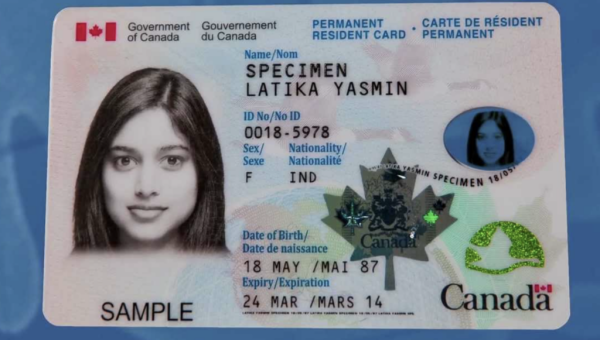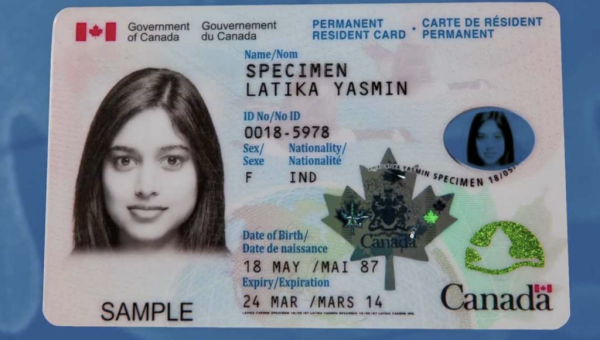


In a major development for global migration and labor integration, Canada will launch a new permanent immigration pathway in 2025, built on the existing Economic Mobility Pathways Pilot (EMPP). The initiative reflects Canada’s dual goal of addressing workforce shortages and supporting vulnerable global populations.
What Is EMPP and Why It Matters
Launched in 2018, the EMPP connects skilled refugees and displaced people with Canadian employers through structured economic immigration channels. It includes both federal and regional streams and has enabled nearly 970 individuals to settle in Canada as of March 2025.
The EMPP currently functions through two main federal pathways: one for those with valid job offers and another (now closed) for high-skilled applicants without a job offer. The regional stream operates via partnerships with the Atlantic Immigration Program (AIP) and Provincial Nominee Program (PNP), allowing local jurisdictions to address specific labor needs.
Who Qualifies and How It Works
To qualify for EMPP programs, applicants must prove their displaced or refugee status through approved documentation. Those applying through the federal job offer stream must demonstrate one year of work experience, relevant education, and meet required language benchmarks. Meanwhile, regional applicants need a full-time job offer and must satisfy provincial or territorial criteria.
The AIP stream offers certain flexibilities, such as waivers for credential assessments and work-hour conditions, making it more accessible to candidates facing documentation challenges.
Government Support Makes a Difference
Canada’s government actively removes barriers for EMPP participants. IRCC covers application fees, biometric costs, and medical expenses for both applicants and their dependents. Additionally, settlement support and travel assistance are included, along with a waiver of the right of permanent residence fee.
This structured support ensures that financial hurdles do not block eligible individuals from starting a new life in Canada.
From Pilot to Permanent
Immigration pilots like EMPP serve as testing grounds for new ideas. When successful, they transition into permanent policies. With EMPP nearing its end in December 2025, the government’s decision to create a permanent program signals strong confidence in its outcomes. Full program details will be announced in the coming months.
Canada’s move reaffirms its commitment to use immigration as a tool for economic development and humanitarian responsibility.
Image Source
-
Mohammed Kudus to Chelsea transfer latest amid Tottenham threat as release clause plan hatched

-
Mumbai Guide: Explore Restaurants For Perfect Monsoon Bites

-
MP nursing student butchered in hospital, boyfriend films murder

-
India vs Pakistan Clash Confirmed for First Time Since Operation Sindoor - Big Match Alert!

-
Smriti Mandhana becomes 2nd Indian with 150 WT20I appearances: Stats
